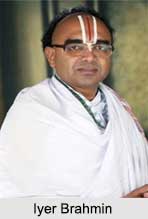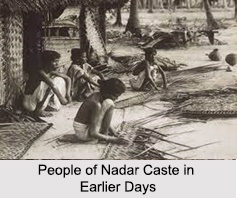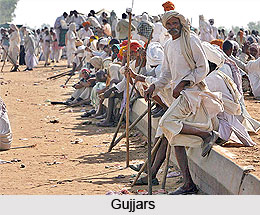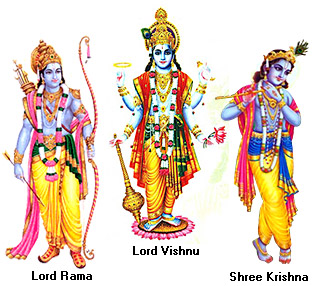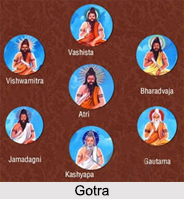Shri Pabhosa Teerth located in Uttar Pradesh is a Jain pilgrimage centre. It is situated in on a hill in the Pabhosa Village on the bank of the Yamuna River. It is also an Atishay Kshetra. The temple is dedicated to Lord Parshvanatha, the twenty-fourth Jain Tirthankara.
History of Shri Pabhosa Teerth
According to history Shri Pabhosa Teerth dates back to the ancient times. The teerth kshetra is believed to belong to the times preceding a hundred years of A.D. Many ancient idols have been unearthed from this place that proves its antiquity. As per reference Pabhosa had been the holy land of diksha and attainment of omniscience or Kevala Gyan of Lord Padmaprabha Swami. Once the lead saint of the temple saw a dream and later installed the idol accordingly. The idol of Lord Parshvanatha is believed to possess miraculous powers. Devotees from far off places visit the temple to offer their prayers. It is believed that if prayed with all devotion the Lord fulfils the wishes of the pilgrims.
Temple of Shri Pabhosa Teerth
The temple of Shri Pabhosa Teerth houses the idol of Lord Parshvanatha. The temple has been magnificently decorated with intricate artistic designs. The creative temple work boast about the skills of the craftsmen. The idol of the lord is almost 75 cm in height and is almond coloured. It is seated in a padmasana posture. The idol has been beautifully carved from a single stone and looks very appealing. The smiling face of the Lord looks very calm and serene. Apart from this there is another temple here that is adorned with three pinnacles.
The Temple of Shri Pabhosa Teerth organises many annual gatherings and functions. There are provisions for dharamshalas or rest houses for the pilgrims. These are well equipped with all modern facilities. Apart from this there are Upashrays, an Ayambilshala and a Jnanabhandar. The temple being located on the confluence of the three holy rivers is enclosed by scenic beauty that enthrals and fascinates the pilgrims. The calm and tranquil environment and the surrounding greenery make it a suitable place for religious activities. The kshetra is well connected to road, rail and air. Taxi services and bus services are easily available here. The nearest railway station is located at Allahabad which is at a distance of 5 kilometers. There is 10 kilometers long road to Kaushmabi, which goes across the Yamuna River. There are 175 steps to climb this small hill.










